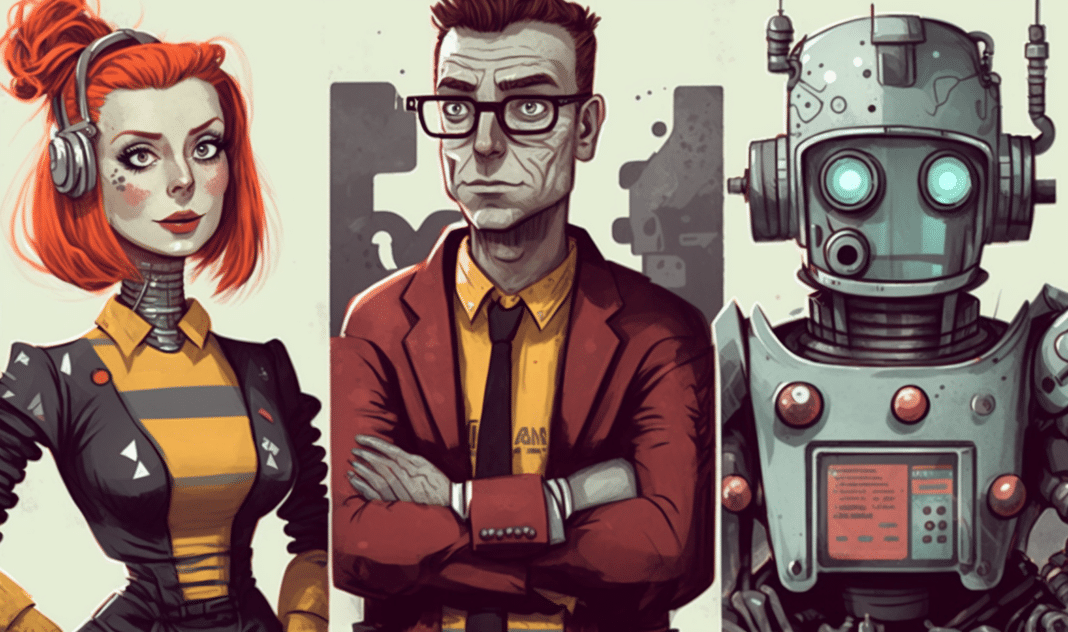Influencer marketing has evolved to a new level as virtual influencers are becoming more popular among brands and consumers. The market was valued at $16.4 billion in 2022 and it has more than doubled since 2019, according to Statista. Virtual influencers are entirely digital beings typically made to look human so followers can experience a similar trust they feel with human influencers. Some virtual influencers have millions of followers and have worked with major brands like Dior, Calvin Klein, Balmain, Balenciaga, Prada, and more.
Virtual influencers are fictional computer generated ‘people’ who have the realistic characteristics, features, and personalities of humans. They are created by individuals or companies who remain faceless and are responsible for growing their virtual influencers’ social media platforms and moulding them into internationally recognized influencers. These creators choose the way their virtual influencers look, dress, and act, and they also decide who they hang out with, date, fall out with and collaborate with on Instagram.
Behind each virtual influencer are machine learning algorithms and OpenAI, which enables them to interact with their followers more naturally. As technology advances, virtual influencers will become more realistic, blurring the line between real and virtual humans.
Virtual influencers offer brands several benefits. First, they often deliver free publicity. Second, they are easier to control than human influencers, albeit more expensive to create. Third, there are barely any limitations with virtual personas – they can be whoever a brand wants them to be, exist in whatever worlds they choose, and do whatever makes sense for the demographic a brand is trying to target.
Influencer Marketing Factory’s survey in 2022 found that 58% of respondents followed at least one virtual influencer, and 35% of consumers said they had purchased a product promoted by one, with those between 18 and 44 being the most likely to do so. These numbers are likely higher now.
The rise of virtual influencers also means that they are being integrated into the metaverse, a virtual world where people can interact with each other in real-time. The metaverse offers endless possibilities for virtual influencers to connect with their audiences in a more immersive way.
However, some critics argue that virtual influencers can be deceptive as they are not real people. The trust that consumers place in influencers comes from the perception that they are genuine, relatable, and authentic, but this perception can be difficult to maintain with virtual influencers.
Despite these concerns, virtual influencers are becoming a real force to be reckoned with in the influencer marketing industry, with more of them emerging on Instagram every week and more brands queuing up to get involved with this futuristic means of marketing. Brands need to be aware of this trend and should consider collaborating with virtual influencers to reach out to a whole new type of audience. Virtual influencers will give brands more control over their collaborations, and mistakes can be fixed within minutes, giving brands greater flexibility.
As technology advances and the lines between virtual and real become even more blurred, virtual influencers will become more sophisticated and human-like. The rise of virtual influencers is just the beginning of a new era in influencer marketing, and it will be exciting to see where this trend will lead us.




